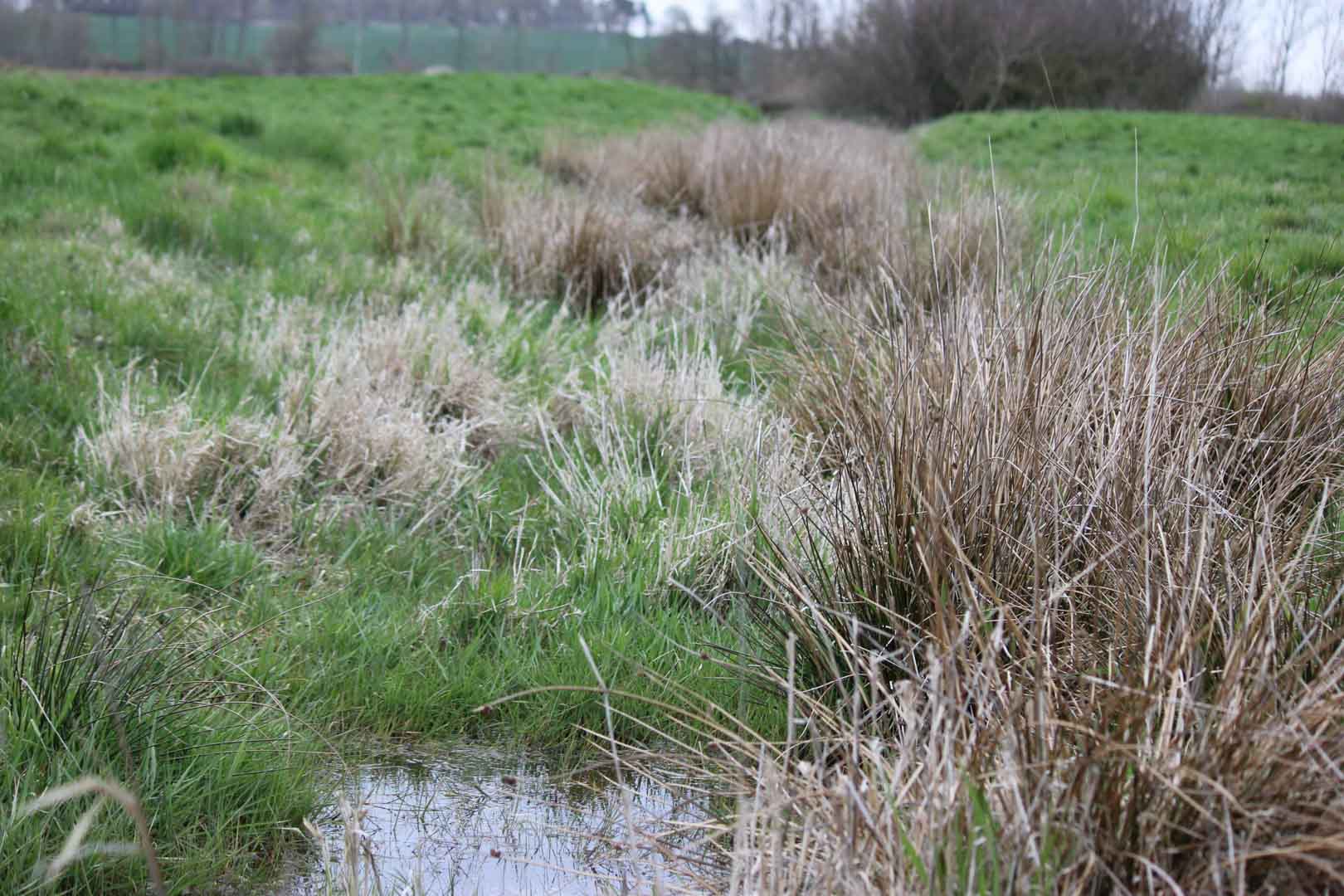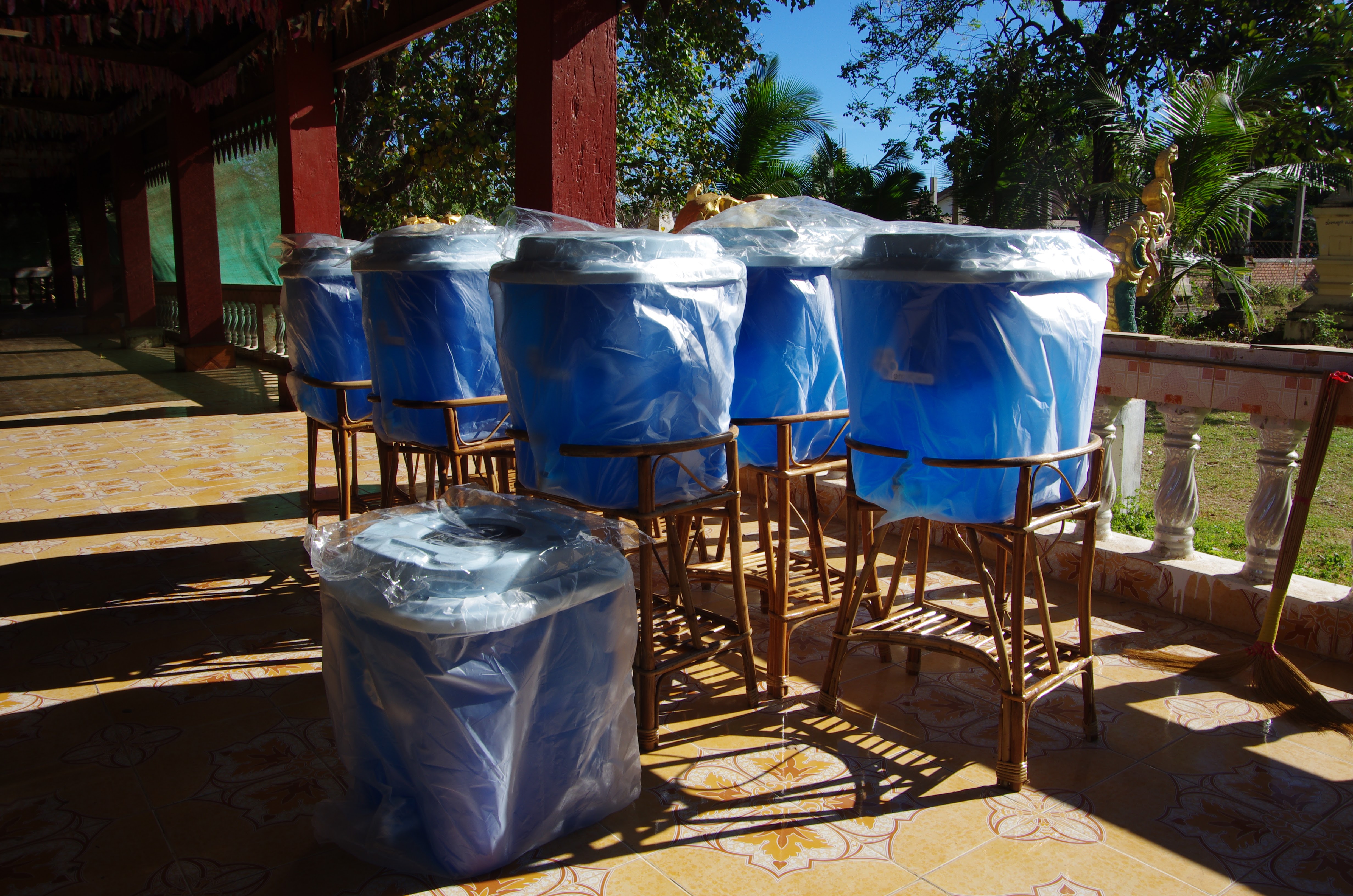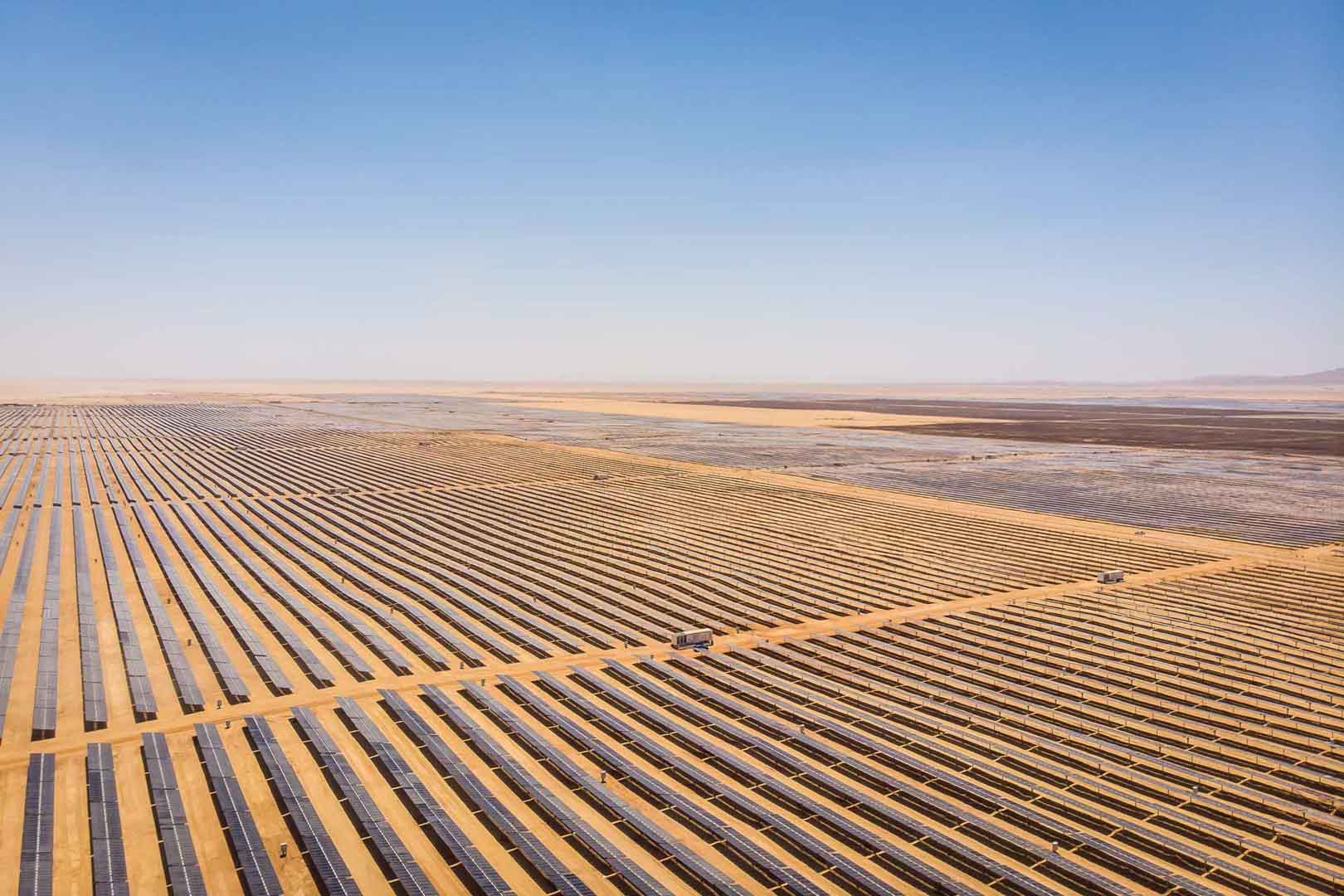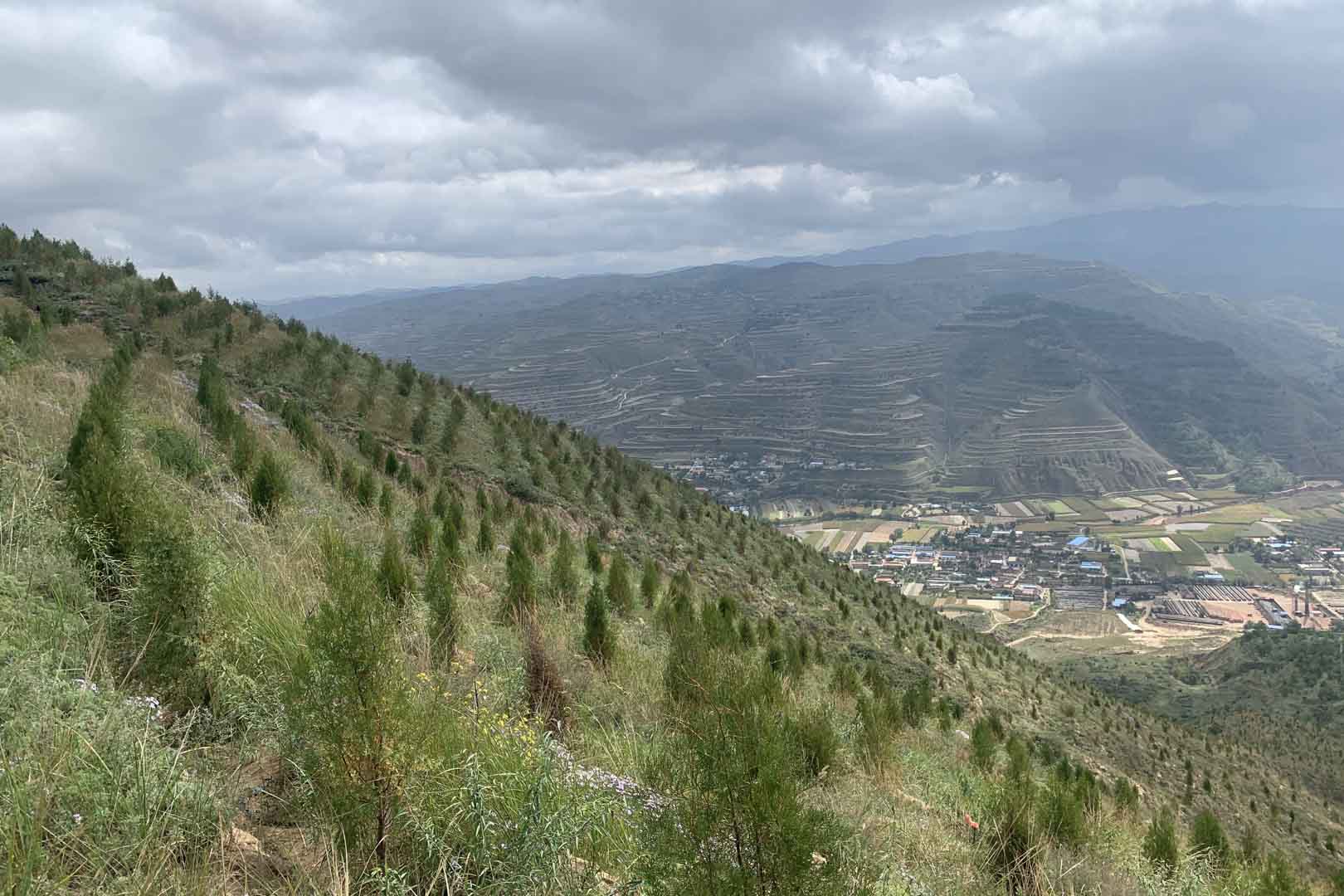Promoting renewable energies in Maharashtra
The purpose of the project activity is to generate power using renewable wind energy and sell the power generated to the state grid. The generated electricity is exported to the regional grid system which is under the purview of the NEWNE grid of India. With a total installed capacity of 80 MW, the project comprises 40 Wind Turbine Generators (WTGs) with a capacity of 2 MW each. The wind farm is located in the district of Beed, Georai taluk in the state of Maharashtra, India.
The power produced displaces an equivalent amount of power from the grid, which is fed mainly by fossil fuel fired power plants. Hence, it results in the reduction of CO2 emissions of about 136,936 tonnes of per year. Thus, electricity would be generated through sustainable means without causing any negative impact on the environment. Besides, the project has created additional employment opportunities and helps stimulate the regional economy by improving electricity supply.
As the name suggests, wind turbines use the power of the wind to generate energy. During this process, a generator located inside the wind turbine converts kinetic energy into electrical energy. As energy is still mainly generated from fossil fuels in many areas around the world, clean wind energy can replace some of this fossil, high-emission energy and verifiably save CO2 emissions.
In most cases, the sustainably generated electricity from the wind power projects is fed into a regional power grid, which diversifies the power supply and improves energy security in regions that are frequently affected by power shortages and outages. A project often creates increased job opportunities for the local population and the area can be used for additional activities, such as agriculture. Wind power projects make an important contribution to a clean energy supply worldwide and contribute to sustainable development with respect to the UN Sustainable Development Goals (SDGs). Wind energy projects in the ClimatePartner portfolio are registered with international standards.
Explore our projects
Biochar for Climate Action, Healthy Soils, and Better Harvests

A certified climate project combined with additional commitment

Expansion of renewable energy generation in Asia

Ceramic water filters save CO2 and improve health

Improved cookstoves worldwide – for better health and cleaner air

A certified climate project combined with additional commitment

Powering access to renewable energy in Africa

A certified climate project combined with additional commitment

Restored ecosystems remove carbon

Turning degraded farmlands into healthy ecosystems

Improved cookstoves - better for health and the environment